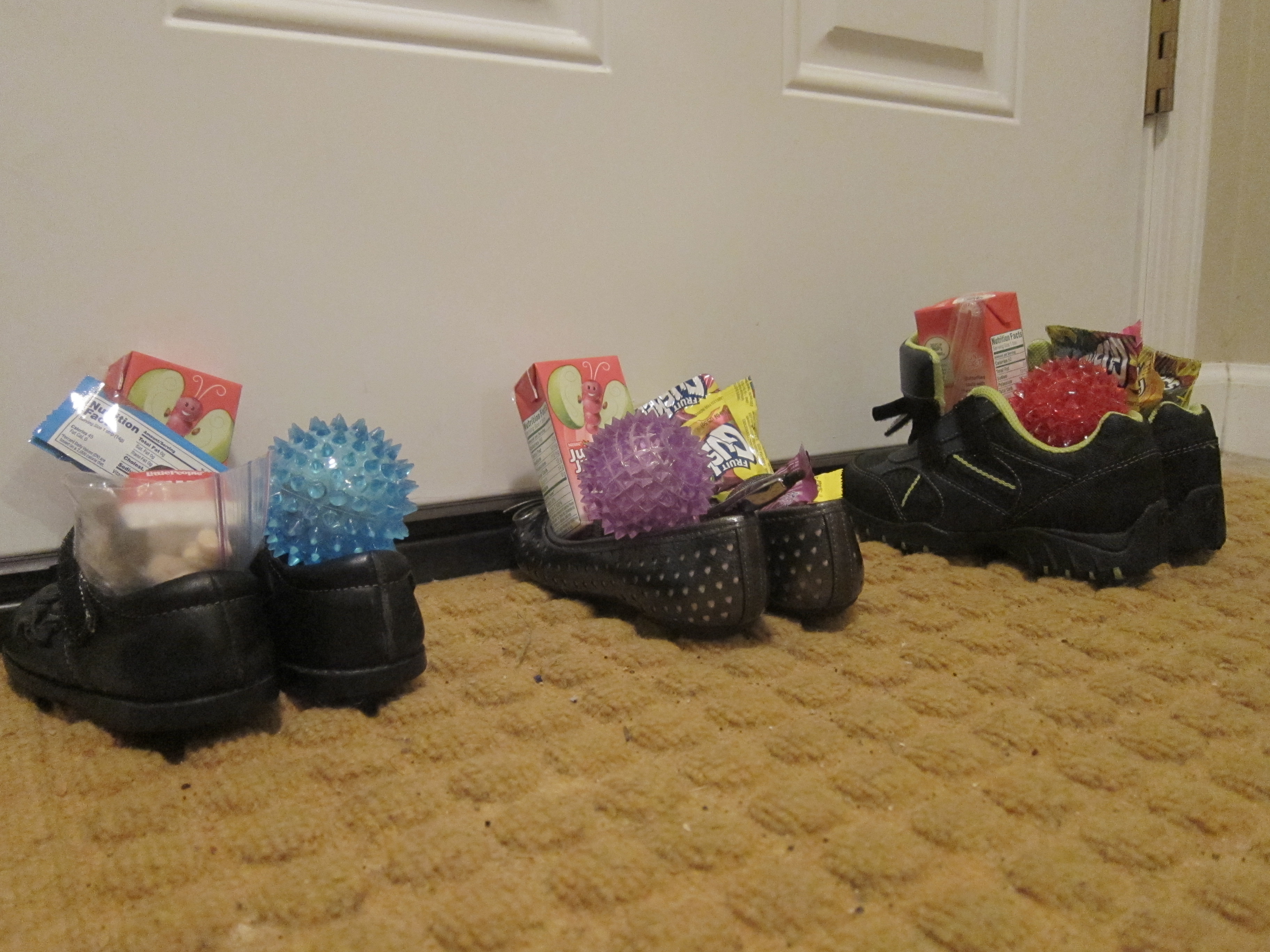Posted 7 years ago -

Santa Claus in the tropics!
Although Santa Claus was not a traditional part of Christmas celebration in the Philippines, the decades-long influence by an all-pervasive exposure to American culture has changed that. The iconic image of the portly, joyous, white-bearded old man dressed in a red coat with white fur collar and cuffs is deeply ingrained in the Filipino subconscious. He is depicted in all manners of Christmas décor, Christmas lights, posters, Christmas tree ornaments, posters, and even in local television shows and movies.
With his big bag full of toys for children, he is believed to go around on Christmas eve to deliver presents to all of the well-behaved children in the world and coal to all the ill-mannered children. He is said to accomplish this with the help of his elves who make all the toys in their workshop in the North Pole and his reindeer who are capable of flight.
Santa is known by many names: Kris Kringle, Father Christmas, Saint Nick, and Santy (in Ireland). But the most recognized inspiration for the character is an old monk named Nicholas who lived in the ancient city (in what is now known as Turkey) during the third century. Nicholas was renowned for his many acts of kindness and generosity, and was said to have given away all of his inherited wealth and traveled the countryside in order to help the poor and sick.
One of the most remarkable stories about St. Nicholas is when he saved the three poor sisters. The three were supposed to be sold into slavery by their father, but due to the intercession of St. Nicholas, they were paid off with dowries so that they could marry.
His feast day is celebrated on the anniversary of his death, December 6. For this reason, this day was traditionally considered to be an extremely auspicious day – making it the perfect day for making large purchases and getting married!
The closest analog our ancestors had to the concept of Santa Claus giving out presents on Christmas day is our old tradition during Three Kings Day (something we learned from the Spanish). In the days before the celebration of Three Kings Day, children would write letters to the wise men to ask for the gift that they would like to receive.
Afterwards, the children would leave their newest or best-polished shoes, which are filled with a bit of hay, outside the door (or the window) the night before the celebration. When the children wake up in the morning, the hay would have disappeared, having been eaten by the wise men’s camels, and replaced with their present (which could be clothing, toys, candies, or money).
Loading Comment